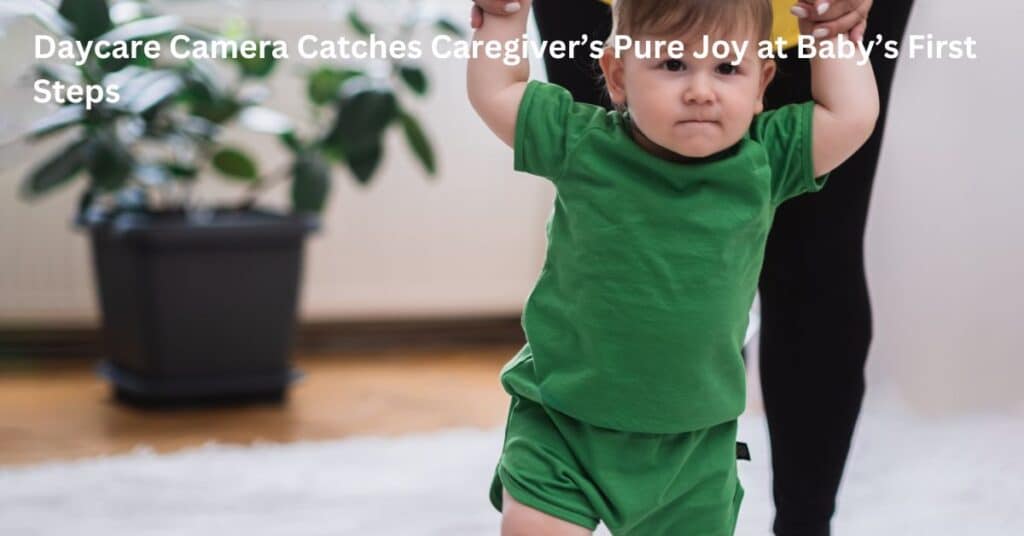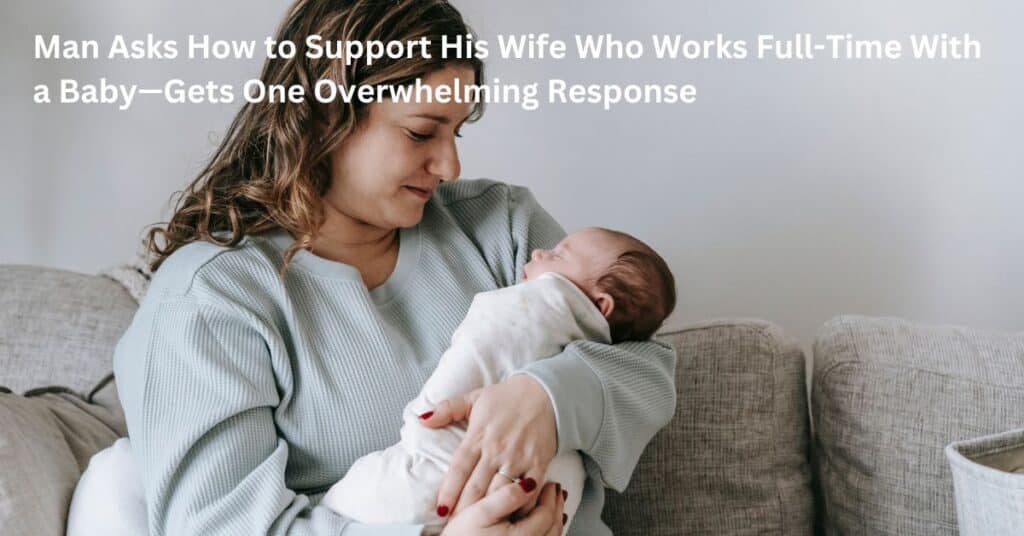Woman Who Placed Her Baby for Adoption Receives a Heartwarming Surprise from the Adoptive Family
When Schauna Austin was 20, she found herself facing a life-changing decision—she was pregnant but not ready to raise a child. After much thought, she chose adoption, knowing it would give her baby the best chance at a bright future. She gave birth to a son, whom she named Riley, and spent every second of the next 72 hours holding him close before saying goodbye. “It was perfect,” Austin recalled […]
 Skip to content
Skip to content









